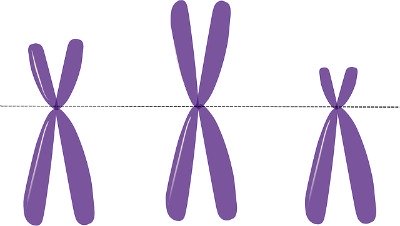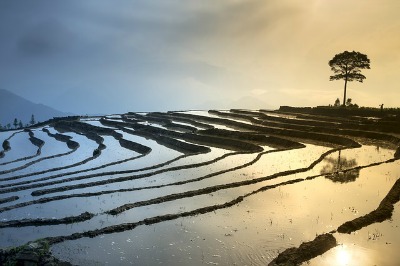There are various factors affecting the rate of transpiration in plants, particularly stomatal transpiration.
These are divided into plant factors and environmental factors.
The plant factors refer to inherent characteristics of plants and include root-shoot ratio, leaf area, leaf structure, and their inherent ability with respect to the opening and closing of stomata.
These factors are also described as internal, their manifestation being dictated by the genetic factor of plant growth and development.
The environmental factors are treated on another page. A link is provided at the bottom of this page.



